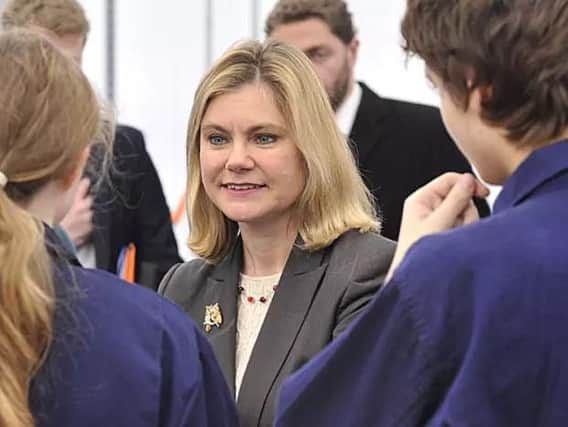Education chiefs claim funding figures are misleading


A website developed by the National Union of Teachers (NUT) and the Association of Teachers and Lecturers (ATL) claims that 99 per cent of schools are set to lose out under the Government’s funding proposals.
The schoolcuts.org.uk site uses funding data for each school published by the DfE as part of the national funding formula consultation, and projects how much schools should receive in 2019-20, taking into account other factors such as inflation and the impact of cuts to the education services grant on some schools.
Advertisement
Hide AdAdvertisement
Hide AdBut the DfE said the figures were skewed and school funding was at its highest level.
A spokesperson said: “The unions’ figures are fundamentally misleading. They ignore the fact that schools funding is driven by pupil numbers and, as pupil numbers rise, the amount of money schools receive will also increase.
“The Government has protected the core schools budget in real terms since 2010, with school funding at its highest level on record at more than £40bn in 2016-17 – and that is set to rise, as pupil numbers rise, over the next two years to £42bn by 2019-20. But the system for distributing that funding across the country is unfair, opaque and outdated and it is clear there is broad consensus on the need for a fairer funding formula.”
The spokesperson argued more than half of England’s schools would receive a cash boost under the new plans, which were unveiled by Education Secretary, Justine Greening, – including many across Yorkshire.
Advertisement
Hide AdAdvertisement
Hide AdHe said: “Leeds is set to receive an additional £12.6m and Sheffield an extra £14.1m. In addition, significant protections have also been built into the formula so no school will face a reduction of more than 1.5 per cent per pupil per year or three per cent per pupil overall. But we recognise that schools are facing cost pressures, which is why we will continue to provide support to help them use their funding in cost effective ways.
“We have been consulting schools, governors, local authorities and parents and will carefully consider the responses to make sure we get the formula right.”